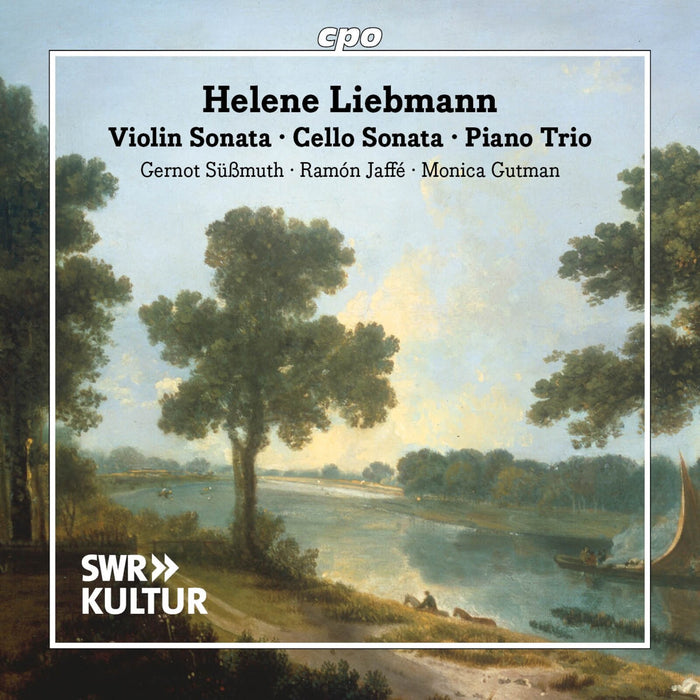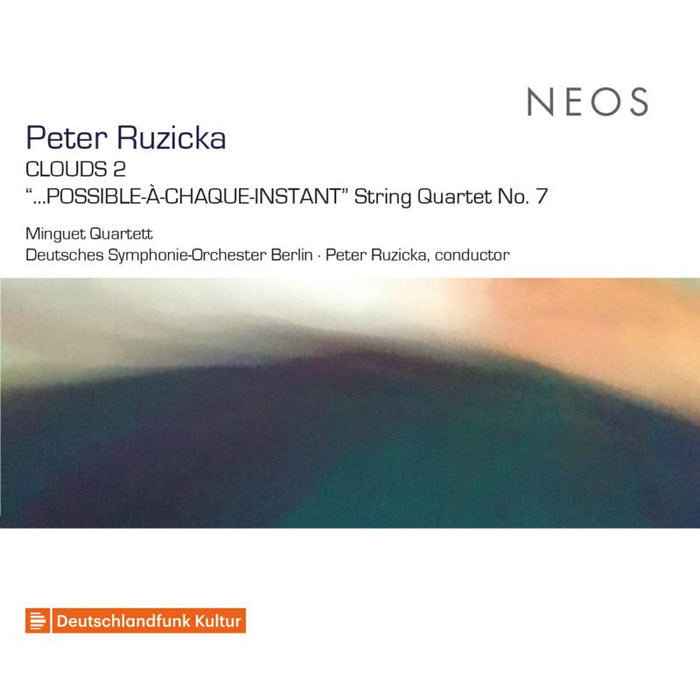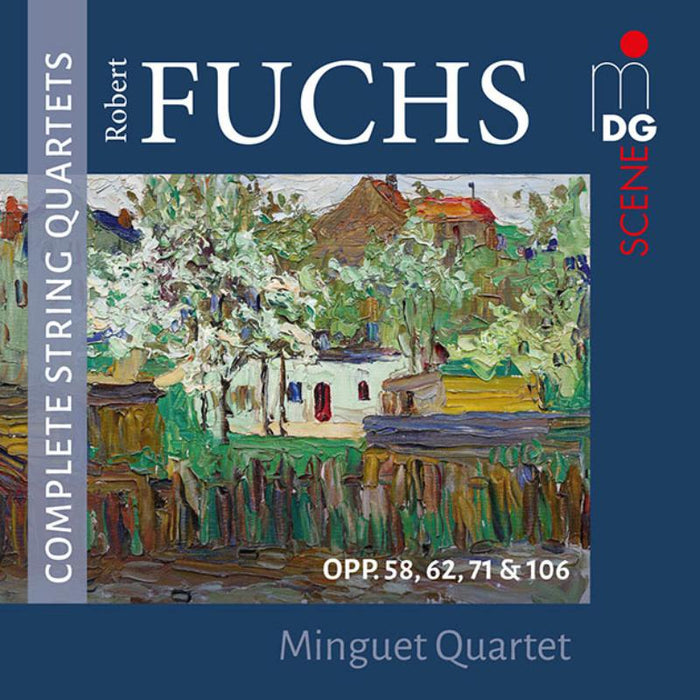Description
Mendelssohn composed Twelve Fugues for String Quartet in 1821, and in his String Quartet in E flat major composed shortly thereafter a fugue forms the finale. The adagio, with its melancholy, emphatically intensified melody and quartet texture finely spread over all the instruments radiates a new and very unique sound. What is remarkable about Mendelssohn's Quartet, Op. 12 is the lyrical character of the first movement, which quite obviously engages in dialogue with Beethoven's late Quartet, Op. 127 in the same key. The individual voice of the composer, who was a mere twenty years old at the time, is very clear. His Four Pieces for String Quartet are not a homogeneous work, even if after his death they came to be known as his String Quartet No. 7, Op. 81. The four movements are from different periods of time: the variation movement and the scherzo from 1847, the year of his death, the capriccio from 1843, and the concluding fugue from as early as 1827. The stylistic aspect shifts from movement to movement.














